Producing conical hats at the traditional conical hat craft village of Bo Lieu, Trieu Hoa commune, Trieu Phong district - Photo: LA
Hai Lang District is known for many traditional occupations, craft villages and traditional craft villages that have been recognized by the Provincial People's Committee. These occupations and craft villages attract over 850 workers with about 600 establishments and households participating in production. The total annual value is over 70 billion VND.
Vice Chairman of Hai Lang District People's Committee Duong Viet Hai informed that in order to preserve and promote the value of traditional occupations and traditional craft villages, Hai Lang District has directed specialized agencies and localities to register collective trademarks for products and promote promotion and expand consumption markets; guide craft villages to associate with tourism tours to enhance the introduction and consumption of local products. Make production plans, support investment funds to create local raw material areas for some products, build raw material areas for craft villages to be proactive in production.
The district also has policies to support interest rates on loans, support investment in innovation of machinery and technology in production; support searching and expanding consumption markets, registering product brands, training to improve production skills, and converting designs to better meet the needs and tastes of consumers.
According to statistics from the Department of Agriculture and Environment (DARD), up to now, the province has 15 traditional occupations, craft villages and traditional craft villages recognized, focusing on 2 groups: processing, preserving agricultural, forestry and aquatic products and producing wooden products, rattan and bamboo, ceramics, glass, textiles, yarn, embroidery, knitting, small mechanics. Including 2 craft villages: Van Phong broom, Dinh Son medicinal herbs; 11 traditional craft villages: Kim Long wine, vermicelli, Cam Thach cake, My Thuy fish sauce, Phuong Lang wet rice cake, Tra Loc conical hat, Van Quy conical hat, Van Tri conical hat, Bo Lieu conical hat, Gia Dang fish sauce, Linh Chieu vermicelli, Thuong Trach vermicelli and 2 traditional occupations: Lam Thuy bean sprouts and My Chanh ginger jam.
There are 2 enterprises, 2 cooperatives and nearly 700 households participating in production in craft villages with nearly 2,300 workers, of which the number of regular workers is over 1,300 people. The annual revenue of craft villages is estimated at over 108 billion VND.
According to the assessment, rural industry establishments have created many products that take advantage of local strengths and are accepted by the market, such as: medicinal herbs, natural essential oils, turmeric starch, vermicelli, conical hats, steamed and dried fish, fish sauce, peanut oil... Along with taking advantage of locally available raw materials, some establishments have boldly invested in machinery and applied science and technology to production.
According to Deputy Director of the Department of Agriculture and Environment Nguyen Hong Phuong, in the coming time, the unit will continue to closely coordinate with localities in preserving and sustainably developing 15 existing traditional occupations, craft villages and traditional craft villages. At the same time, restore, develop and guide the preparation of dossiers to request recognition of at least 1 traditional occupation/craft village/traditional craft village in 2025.
To achieve the above goal, along with propaganda work, the agricultural sector continues to support craft villages and traditional craft villages to produce, develop, build brands, and perfect products with high economic and cultural value, potential, advantages, and local raw material areas.
Focus on supporting raw materials, machinery, equipment, and production lines to implement agricultural, forestry, and fishery processing projects associated with innovation, technology transfer, and synchronous equipment in harvesting, preservation, processing, and consumption to increase product value. Build infrastructure for craft villages; handle environmental pollution in craft villages.
Provide capacity building training for artisans, skilled workers and workers at these establishments. Support producers in craft villages and traditional craft villages to prepare documents to participate in the evaluation and classification of OCOP products; participate in trade promotion activities and product promotion.
“At the same time, we focus on promoting the development of craft villages in conjunction with tourism development to both promote traditional cultural values and attract visitors to experience. Thereby contributing to introducing products, increasing income and expanding the consumption market for traditional occupations, craft villages and traditional craft villages in the area,” said Ms. Phuong.
Le An
Source: https://baoquangtri.vn/bao-ton-va-phat-huy-gia-tri-lang-nghe-truyen-thong-192575.htm


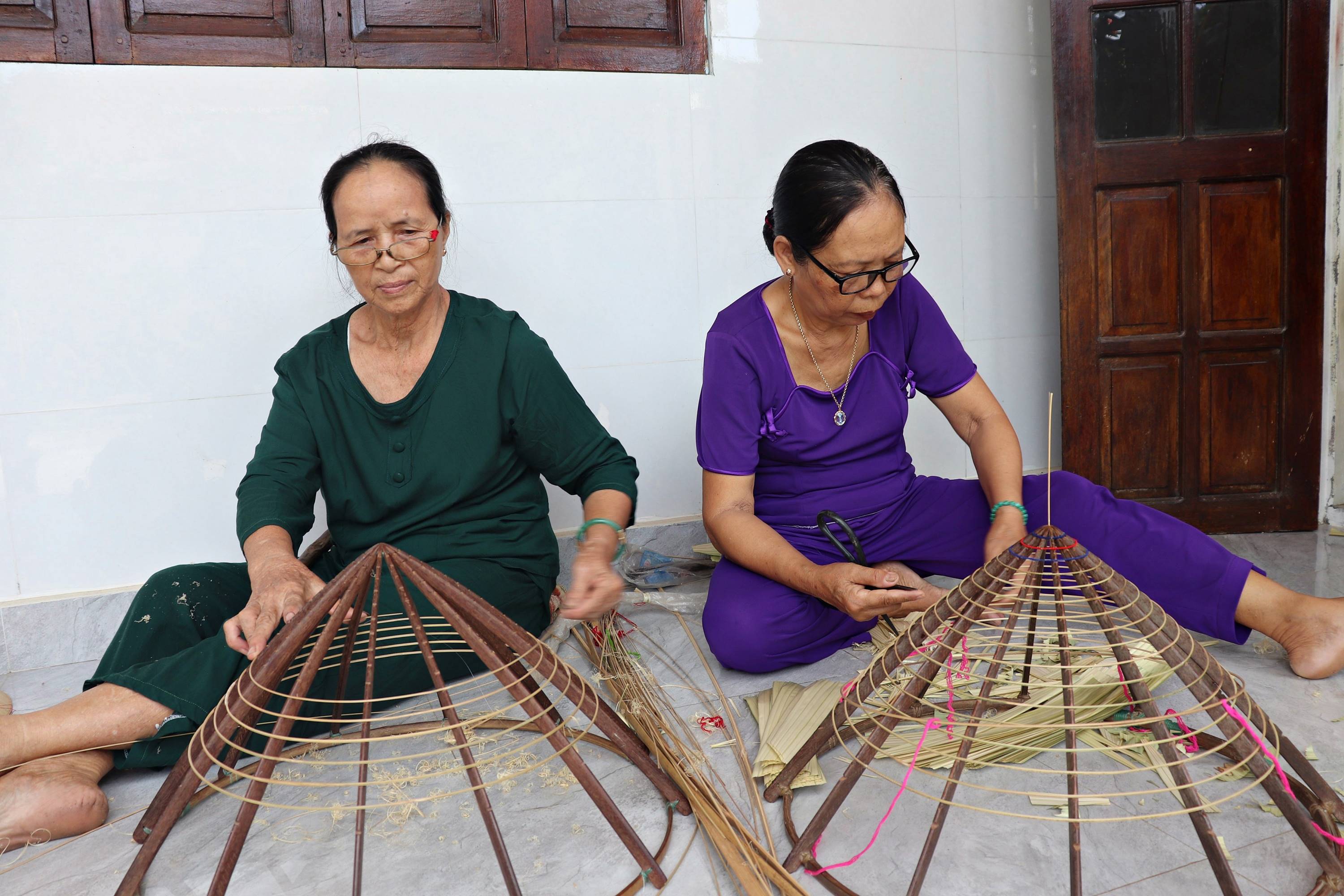









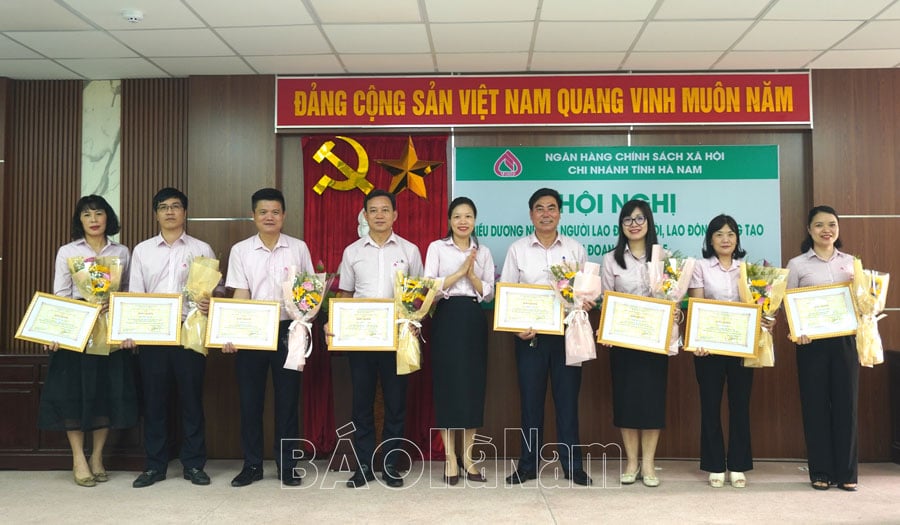
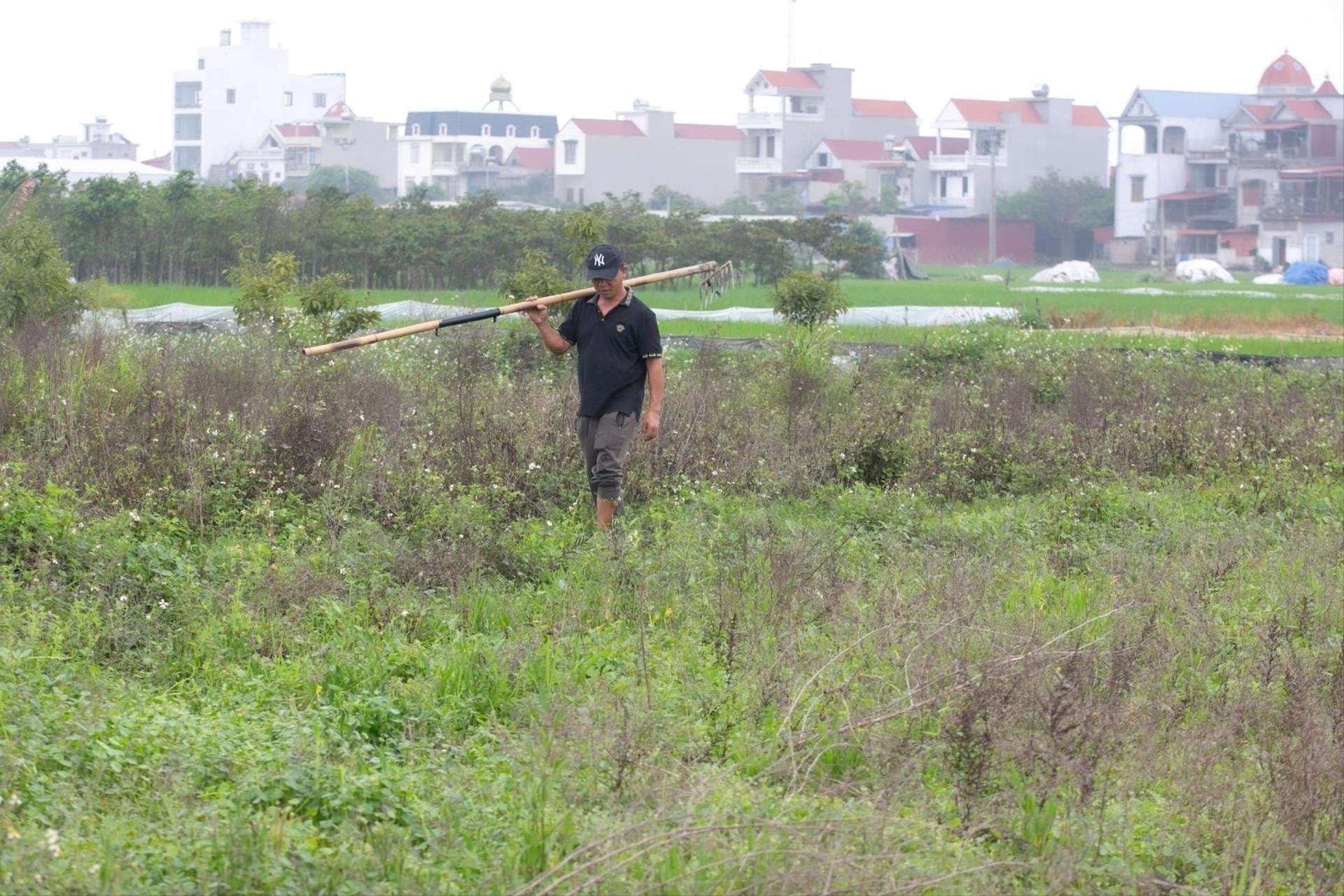



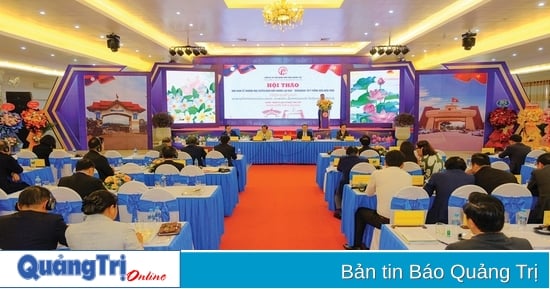







![[Photo] "Beauties" participate in the parade rehearsal at Bien Hoa airport](https://vstatic.vietnam.vn/vietnam/resource/IMAGE/2025/4/11/155502af3384431e918de0e2e585d13a)
















































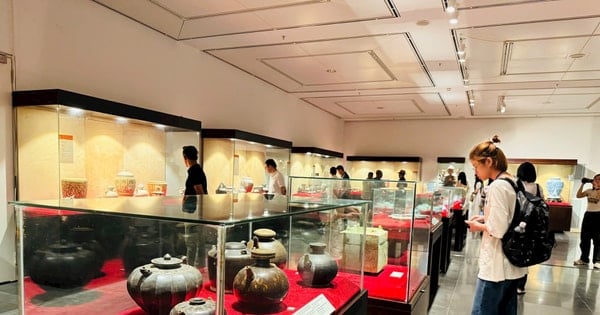














Comment (0)